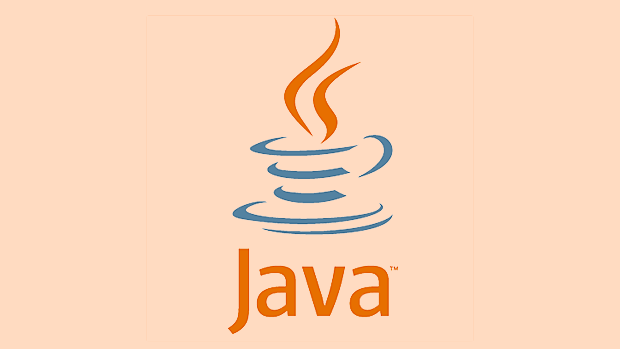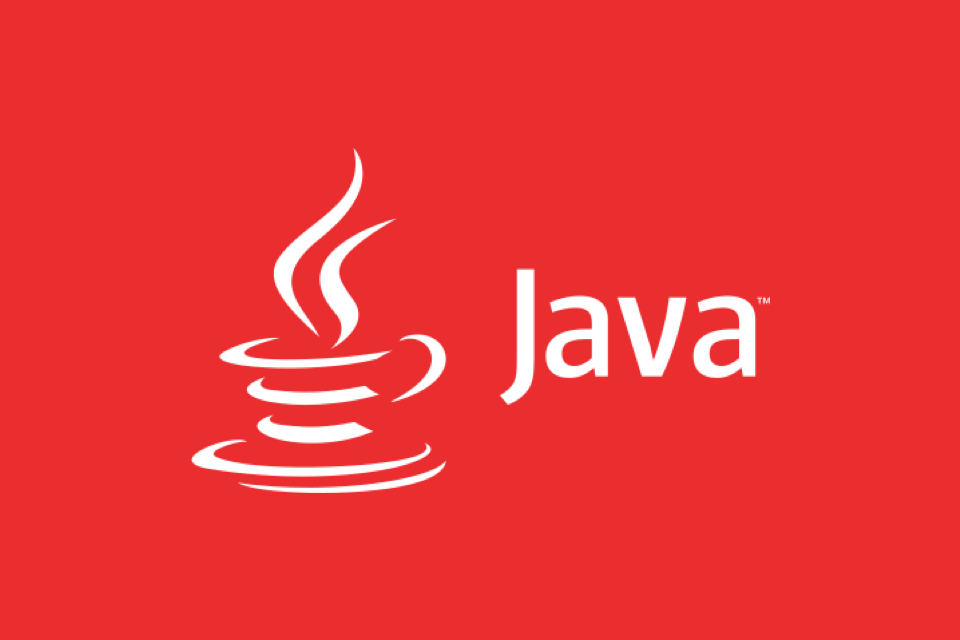Use efficient data structures like ArrayList over LinkedList and primitive collections to reduce overhead; 2. Minimize object creation by reusing objects, using StringBuilder for concatenation, and caching expensive objects; 3. Prevent memory leaks by nullifying references, using static inner classes, unregistering listeners, and employing weak/soft references in caches; 4. Tune the JVM with appropriate heap size, select suitable garbage collectors (e.g., G1GC, ZGC), enable GC logging, and use monitoring tools like VisualVM or Prometheus with Micrometer; 5. Optimize String and array usage by avoiding unnecessary interning, being cautious with substring(), and trimming array sizes—efficient memory management in Java requires smart coding, proper tooling, and JVM awareness to reduce object churn and improve performance.

Java applications can consume more memory than necessary if not carefully designed, leading to performance issues, longer garbage collection pauses, and even OutOfMemoryError exceptions. Optimizing memory usage isn’t just about increasing heap size—it’s about writing efficient code and understanding how the JVM manages memory. Here are key strategies to reduce memory footprint and improve efficiency.

1. Use Appropriate Data Structures
Choosing the right data structure can significantly impact memory usage.
-
Prefer
ArrayListoverLinkedListfor most use cases—LinkedListstores each element in a node with references to next and previous nodes, consuming more memory. -
Use primitive collections when possible. Standard Java collections (
List<integer></integer>,Map<string double></string>) store objects, which include overhead. Libraries like Trove, FastUtil, or Eclipse Collections offer memory-efficient collections for primitives (e.g.,TIntArrayListinstead ofArrayList<integer></integer>). - Avoid storing unnecessary data. For example, use
Setinstead ofListif you only need uniqueness and don’t care about order.
// Less efficient List<Integer> list = new ArrayList<>(); list.add(42); // Autoboxing: creates Integer object // More efficient (with Trove) TIntArrayList list = new TIntArrayList(); list.add(42); // Stores int directly
2. Minimize Object Creation and Reuse Where Possible
Every object created adds pressure to the heap and garbage collector.

- Reuse objects using object pools for expensive or frequently created instances (e.g., database connections, threads—though prefer built-in executors).
- Use builders or flyweight patterns when dealing with similar object configurations.
- Avoid unnecessary string concatenation in loops—use
StringBuilderinstead.
// Bad: creates multiple intermediate strings
String result = "";
for (String s : strings) {
result = s;
}
// Good: single StringBuilder
StringBuilder sb = new StringBuilder();
for (String s : strings) {
sb.append(s);
}
String result = sb.toString();- Cache expensive objects like
DateFormat,Pattern, or configuration data instead of recreating them.
3. Control Object Lifetimes and Avoid Memory Leaks
Even unused objects can linger in memory if references are unintentionally held.
- Nullify references in long-lived objects when no longer needed (rarely needed in modern Java but relevant in caches or listeners).
- Watch for inner class leaks: non-static inner classes hold an implicit reference to the outer class. Use
staticinner classes when possible. - Unregister listeners (e.g., event, observer patterns) to prevent accumulation.
- Be cautious with caches—use weak/soft references or bounded caches (e.g.,
Caffeine,Guava Cache) instead of plainHashMap.
// Prefer weak references for caches Map<Key, WeakReference<Value>> cache = new HashMap<>();
- Common leak sources:
- Static collections that grow indefinitely
- Unclosed streams or resources (use try-with-resources)
- ThreadLocal variables in application servers (especially with thread pooling)
4. Tune the JVM and Monitor Memory Usage
Even well-written code benefits from proper JVM configuration and monitoring.

Set appropriate heap size:
-Xms512m -Xmx2g
Avoid setting
-Xmxtoo high—large heaps can lead to long GC pauses.Choose the right garbage collector:
- G1GC (default in Java 9 ): good for medium to large heaps with low pause time goals.
- ZGC or Shenandoah (Java 11 and 12 respectively): for very large heaps with ultra-low pause times (<10ms).
Enable GC logging to analyze behavior:
-Xlog:gc*,gc heap=debug,gc stats -Xlog:gc:/var/log/gc.log
-
Use monitoring tools:
- VisualVM, JConsole, or JMC (Java Mission Control) for real-time analysis.
- Prometheus Micrometer for production monitoring.
- Heap dumps (
jmap -dump) analyzed with Eclipse MAT to find memory hogs.
-
Avoid string interning unless necessary—
String.intern()stores strings in the permgen/metaspace and can cause memory issues. - Use
String.substring()carefully in older Java versions (pre-Java 7u6): it shared the underlying char array. Modern versions copy data. - Trim array sizes—don’t pre-allocate large arrays unless needed. Consider using
ArrayListwith controlled growth.
5. Optimize String and Array Usage
Strings and arrays are common memory consumers.
Optimizing memory in Java is a mix of smart coding practices, proper tooling, and understanding JVM behavior. Focus on reducing object churn, choosing efficient data structures, eliminating leaks, and monitoring with real data. Small changes can lead to big improvements in scalability and responsiveness.
Basically, it's not about writing less code—it's about making every byte count.
The above is the detailed content of Optimizing Memory Usage in Java Applications. For more information, please follow other related articles on the PHP Chinese website!

Hot AI Tools

Undress AI Tool
Undress images for free

Undresser.AI Undress
AI-powered app for creating realistic nude photos

AI Clothes Remover
Online AI tool for removing clothes from photos.

Clothoff.io
AI clothes remover

Video Face Swap
Swap faces in any video effortlessly with our completely free AI face swap tool!

Hot Article

Hot Tools

Notepad++7.3.1
Easy-to-use and free code editor

SublimeText3 Chinese version
Chinese version, very easy to use

Zend Studio 13.0.1
Powerful PHP integrated development environment

Dreamweaver CS6
Visual web development tools

SublimeText3 Mac version
God-level code editing software (SublimeText3)

Hot Topics
 Laravel raw SQL query example
Jul 29, 2025 am 02:59 AM
Laravel raw SQL query example
Jul 29, 2025 am 02:59 AM
Laravel supports the use of native SQL queries, but parameter binding should be preferred to ensure safety; 1. Use DB::select() to execute SELECT queries with parameter binding to prevent SQL injection; 2. Use DB::update() to perform UPDATE operations and return the number of rows affected; 3. Use DB::insert() to insert data; 4. Use DB::delete() to delete data; 5. Use DB::statement() to execute SQL statements without result sets such as CREATE, ALTER, etc.; 6. It is recommended to use whereRaw, selectRaw and other methods in QueryBuilder to combine native expressions to improve security
 Unit Testing and Mocking in Java with JUnit 5 and Mockito
Jul 29, 2025 am 01:20 AM
Unit Testing and Mocking in Java with JUnit 5 and Mockito
Jul 29, 2025 am 01:20 AM
Use JUnit5 and Mockito to effectively isolate dependencies for unit testing. 1. Create a mock object through @Mock, @InjectMocks inject the tested instance, @ExtendWith enables Mockito extension; 2. Use when().thenReturn() to define the simulation behavior, verify() to verify the number of method calls and parameters; 3. Can simulate exception scenarios and verify error handling; 4. Recommend constructor injection, avoid over-simulation, and maintain test atomicity; 5. Use assertAll() to merge assertions, and @Nested organizes the test scenarios to improve test maintainability and reliability.
 go by example generics
Jul 29, 2025 am 04:10 AM
go by example generics
Jul 29, 2025 am 04:10 AM
Go generics are supported since 1.18 and are used to write generic code for type-safe. 1. The generic function PrintSlice[Tany](s[]T) can print slices of any type, such as []int or []string. 2. Through type constraint Number limits T to numeric types such as int and float, Sum[TNumber](slice[]T)T safe summation is realized. 3. The generic structure typeBox[Tany]struct{ValueT} can encapsulate any type value and be used with the NewBox[Tany](vT)*Box[T] constructor. 4. Add Set(vT) and Get()T methods to Box[T] without
 css table-layout fixed example
Jul 29, 2025 am 04:28 AM
css table-layout fixed example
Jul 29, 2025 am 04:28 AM
table-layout:fixed will force the table column width to be determined by the cell width of the first row to avoid the content affecting the layout. 1. Set table-layout:fixed and specify the table width; 2. Set the specific column width ratio for the first row th/td; 3. Use white-space:nowrap, overflow:hidden and text-overflow:ellipsis to control text overflow; 4. Applicable to background management, data reports and other scenarios that require stable layout and high-performance rendering, which can effectively prevent layout jitter and improve rendering efficiency.
 python json loads example
Jul 29, 2025 am 03:23 AM
python json loads example
Jul 29, 2025 am 03:23 AM
json.loads() is used to parse JSON strings into Python data structures. 1. The input must be a string wrapped in double quotes and the boolean value is true/false; 2. Supports automatic conversion of null→None, object→dict, array→list, etc.; 3. It is often used to process JSON strings returned by API. For example, response_string can be directly accessed after parsing by json.loads(). When using it, you must ensure that the JSON format is correct, otherwise an exception will be thrown.
 Indexing Strategies for MongoDB
Jul 29, 2025 am 01:05 AM
Indexing Strategies for MongoDB
Jul 29, 2025 am 01:05 AM
Choosetheappropriateindextypebasedonusecase,suchassinglefield,compound,multikey,text,geospatial,orTTLindexes.2.ApplytheESRrulewhencreatingcompoundindexesbyorderingfieldsasequality,sort,thenrange.3.Designindexestosupportcoveredqueriesbyincludingallque
 A Developer's Guide to Maven for Java Project Management
Jul 30, 2025 am 02:41 AM
A Developer's Guide to Maven for Java Project Management
Jul 30, 2025 am 02:41 AM
Maven is a standard tool for Java project management and construction. The answer lies in the fact that it uses pom.xml to standardize project structure, dependency management, construction lifecycle automation and plug-in extensions; 1. Use pom.xml to define groupId, artifactId, version and dependencies; 2. Master core commands such as mvnclean, compile, test, package, install and deploy; 3. Use dependencyManagement and exclusions to manage dependency versions and conflicts; 4. Organize large applications through multi-module project structure and are managed uniformly by the parent POM; 5.
 VSCode portable mode setup
Jul 29, 2025 am 01:12 AM
VSCode portable mode setup
Jul 29, 2025 am 01:12 AM
VSCode portable mode can be implemented by downloading the ZIP version and correctly configuring it. 1. Download the Windows ZIP version and unzip it to the specified folder; 2. Create a data folder in the same level directory for storing configuration and extensions; 3. Create a batch script to set user-data-dir and extensions-dir to point to the data directory; 4. Run the script to start VSCode and verify that the settings and plug-ins are saved in data; after success, you can carry it with you, leaving no traces when used on different computers. Note that only Windows supports this mode and cannot use the installation version.






